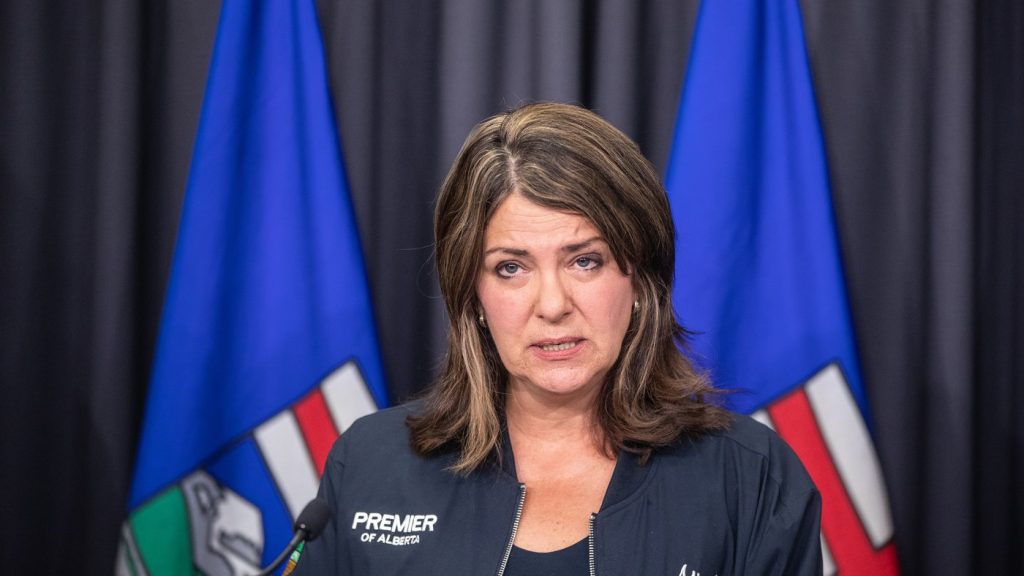Q&A: Things to know about US-South Korea war drills
Posted Apr 2, 2018 2:14 am.
Last Updated Apr 2, 2018 7:40 pm.
This article is more than 5 years old.
SEOUL, South Korea – Another spring on the Korean Peninsula, another round of war games by the U.S. and South Korean militaries.
This week’s drills, however, will feature a new and unusually low-key approach, with the allies resisting bringing in their big guns, and the North, for the time being, avoiding its usual belligerent propaganda against exercises that it claims are an invasion rehearsal.
The reason for this departure? There’s interest in Washington and Seoul in nurturing a diplomatic outreach by North Korea’s young leader, Kim Jong Un, after months of weapons tests and threats of nuclear war by the North.
On Sunday, the first day of this year’s drills, instead of vowing to destroy Seoul, Kim attended a concert in Pyongyang of visiting South Korean pop singers, clapping his hands and asking for more such performances.
Some questions and answers about this year’s drills, which come ahead of two separate historic summits between Kim and his South Korean and U.S. counterparts:
___
Q: Are the drills really more low-key than in past years?
A: Yes, they are.
This year’s exercises were postponed because of the Pyeongchang Winter Olympics, where the Koreas worked out a series of rapprochement steps, including parading together behind a single flag during the opening ceremony and fielding a unified women’s hockey team.
Seoul and Washington both publicly say the training this time will be similar to previous years. But South Korean defence officials say there are no immediate plans to bring in U.S. aircraft carriers, powerful bombers or other strategic assets that have been deployed in and around the Korean Peninsula during past drills. The North loathes such American weapons.
The two sets of drills, one field-training and the other computer-simulated, typically run for two months, but this year’s exercises are scheduled to last for just one month. The allies also have no immediate plans to publicize the training, according to Seoul’s Defence Ministry.
___
Q: How will North Korea react to this year’s drills?
A: North Korea’s state media haven’t said anything about the drills since their start. Even if there is some criticism later, it will likely be milder than past warlike rhetoric, which often saw daily threats to launch nuclear strikes on Seoul and Washington or void the armistice that ended the 1950-53 Korean War.
Kim told visiting South Korean officials last month that he “understands” the drills will take place and expressed hope that they’ll be modified once the situation on the peninsula stabilizes, according to the South Korean government.
While diplomacy holds, it’s also unlikely that North Korea will test any weapons, as it has during past drills. Such tests could endanger the North’s outreach and crush the current rapprochement.
South Korea’s Defence Ministry said Monday that it hadn’t detected any suspicious activities by the North Korean military.
___
Q: What’s next after the drills?
A: Kim’s planned meeting with South Korean President Moon Jae-in on April 27 comes around the time the U.S.-South Korean drills end.
The meeting will be the third-ever inter-Korean summit since the Koreas’ 1945 division. It is crucial because it may offer insight about what nuclear disarmament steps Kim could offer, and what concessions the allies might be willing to provide.
It is unlikely that Kim will completely give up his nukes. Only last year he claimed to have functional nuclear missiles targeting the entire U.S. mainland, though foreign experts believe the North still hasn’t perfected such missiles. Kim’s dictator father and grandfather long aspired to have such power.
During Kim’s visit to China last week, his first overseas trip since taking office in 2011, he indicated that he prefers step-by-step, not immediate, disarmament-for-aid deals with the United States and South Korea. This could spell trouble because some hard-line U.S. officials want the North to take immediate, complete disarmament steps so as not to repeat past negotiations in which the North was seen as winning badly needed aid while covertly continuing its bomb program.
Kim and President Donald Trump plan to meet in May, but the exact date and location of their meeting haven’t been announced.








